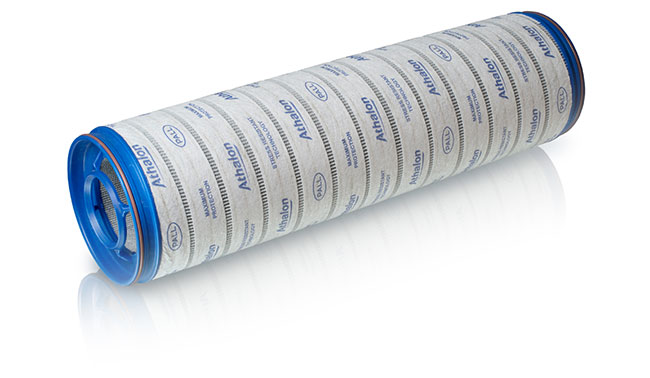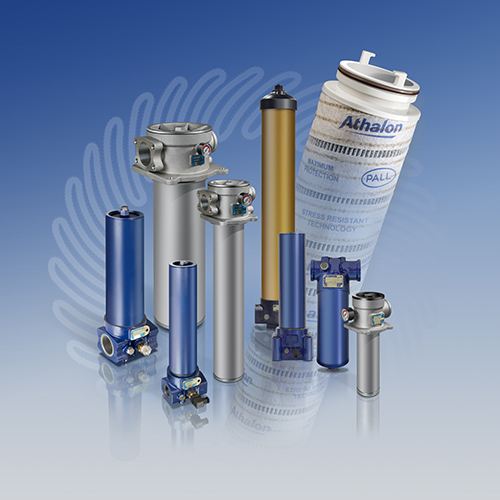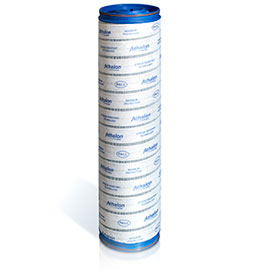Athalon® Anti-Static Filter Elements
The Next Generation in Anti-Static, Stress Resistant Filtration
Electrostatic charging in hydraulic control and turbine lube oil systems can result in high voltage discharge or ‘sparking,’ causing fluid breakdown and varnish formation.
How do I know if I have electro-static discharge (ESD) in my fluid system?
- Can you hear a sharp, crackling noise coming from the filter housing or other downstream components such as heat exchangers or the reservoir? If you do, that’s ESD!
- When you replace your filter elements are there burn marks or holes on the outer filter media? That’s ESD!
- When maintaining system components, do you notice scorch marks of the metallic surfaces or that they have a dark, sticky coating, or ‘varnish’ as it is referred to? That’s the effect of oil degradation potentially caused by ESD!
- Or do you need to replace your fluid more often than you would expect? ESD can be a cause of fluid degradation, reducing the service life of the oil, depleting the additives and generating fine carbonaceous and resinous, varnish forming material.
We’ve designed the Pall Athalon filter to significantly reduce the level of electrostatic charging and while consistently maintaining superior fluid cleanliness for the full service life of the filter.

The result:
Better, more consistent system protection, cleaner, varnish free fluid systems, improved equipment performance and reliability.
Speak to our team of filtration experts to find out how Athalon filter elements can support your needs.
Field Experience with Pall's Anti-Static Media Filter
Systems/Problems

Turbine lube system - clicking noise


Turbine lube oil varnish formation

Result from using anti-static filter element

Maintained acceptable varnish potential levels


Eliminated noise and burn marks on filters and reduced charging

Contact Pall sales for guidance when selecting replacement filters with anti-static properties for both existing and new filter requirements

Maximize your equipment reliability and power output while reducing outage times and operational costs.




